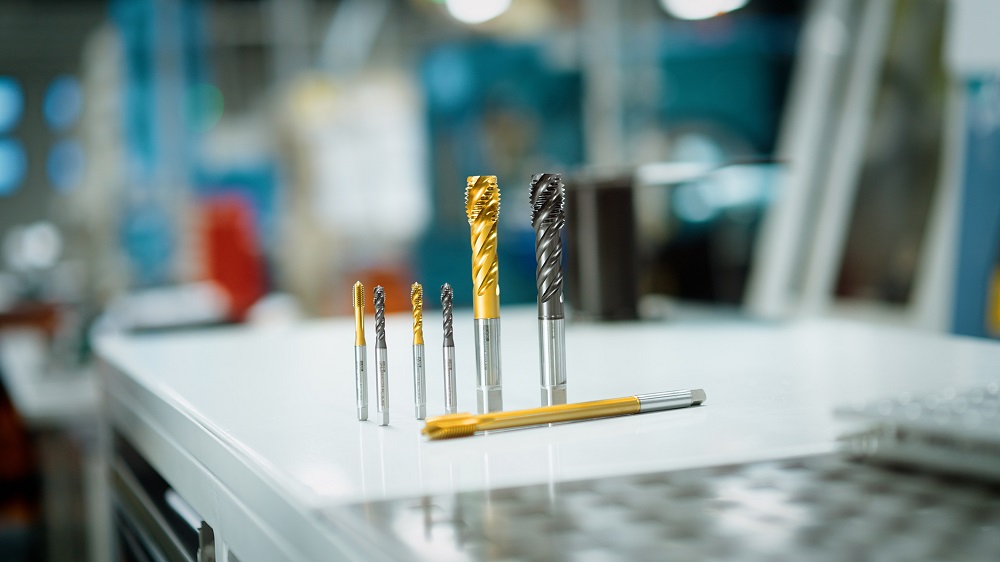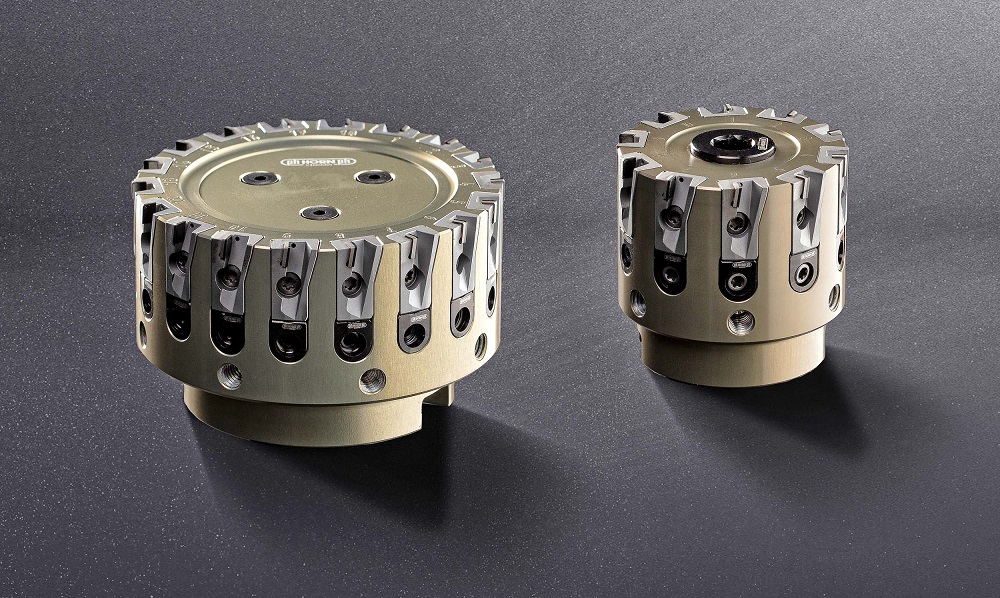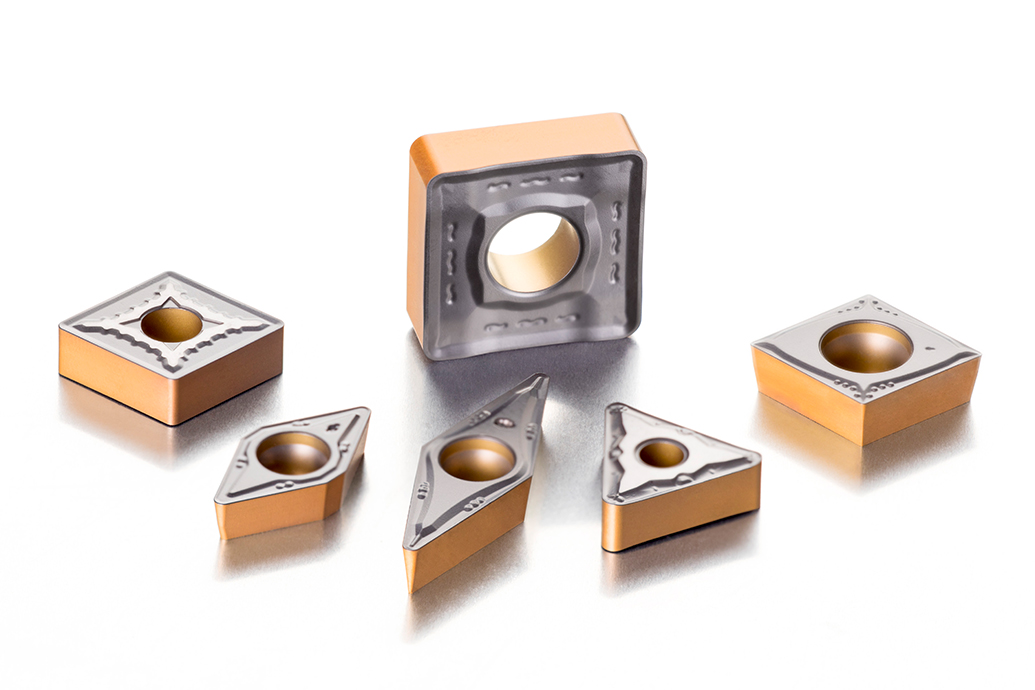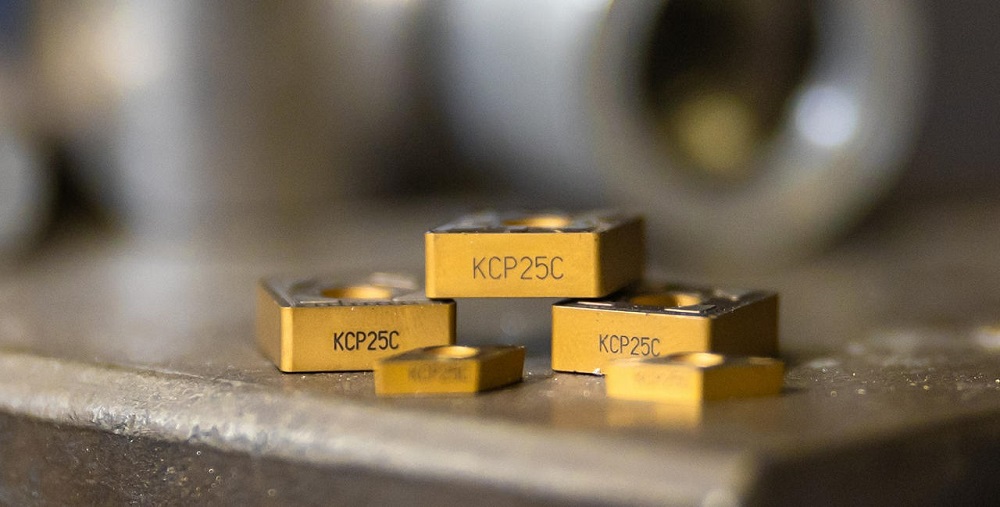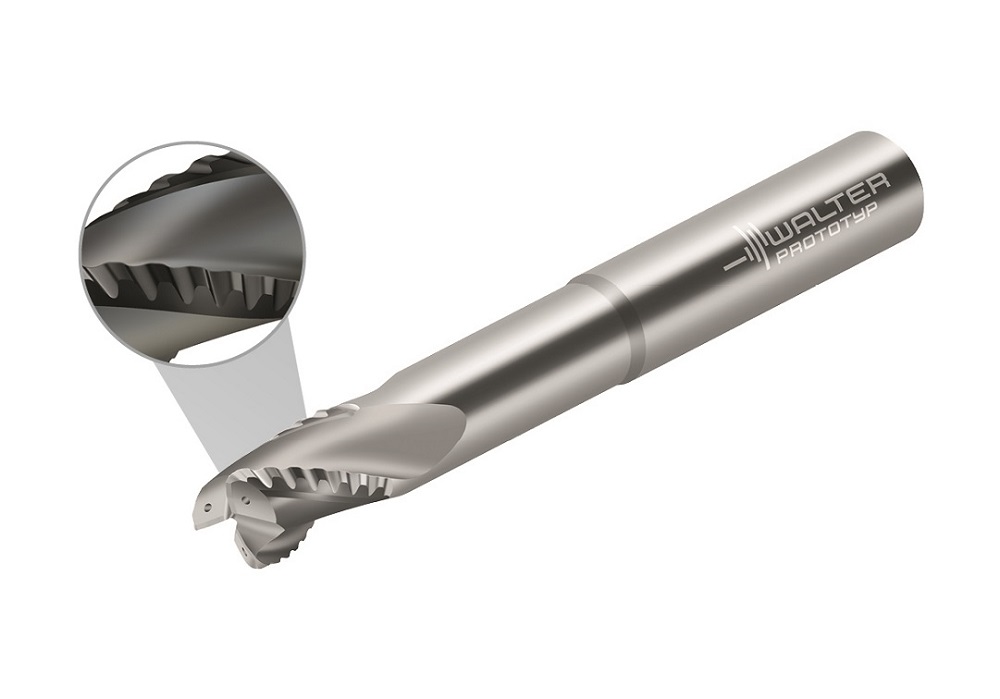Seco Tools has expanded its range of tapping solutions with the launch of a new thread-cutting and forming taps product line.
The versatile newrange encompasses three performance levels that allow manufacturers to cost-effectively match the right tap to their particular application. According to Seco, the combination of superior base materials, advanced coatings and special edge preparations mean that thetaps generate precision threads while providing effective chip evacuation, shorter set-up times and longer tool life.
“With the launch of the new line of thread-cutting and forming taps, we now offer customers a one-stop solution for high-quality taps at competitive prices,” says Radoslaw Zdanowski, global product manager at Seco Tools. “In addition to this affordability, we maintain the same high quality in these taps that our customers have come to expect from Seco.”
The three performance levels encompass the product designations of T32 and T34 in thread-cutting taps and T33 in forming taps. At the base level are universal general-purpose type taps. The second T34 mid-level range consists of higher performance taps that work well in a variety of workpiece materials, making them especially suitable for high-mix/low-volume production environments with constantly changing parts and materials. The top performance level comprises material-specific thread-cutting and forming taps, such as those optimised for steel or other advanced materials.
The main benefits of matching the right tap to the application include extended tool life that is consistent and predictable to reduce the risk of unexpected tap breakage and scrapping parts after hours of machining have been invested. Additionally, a range of tap performance levels ensures manufacturers only pay for the level of tap performance they actually need.
For further information www.secotools.com






